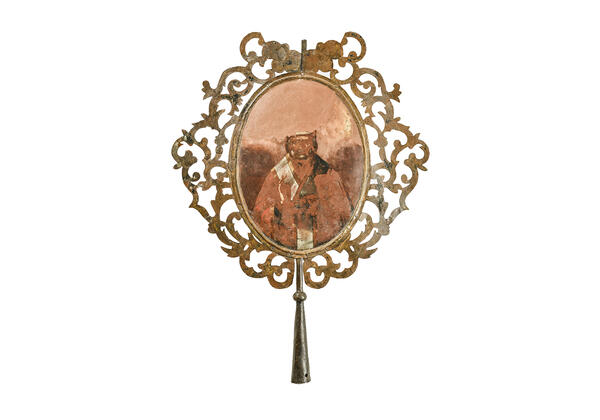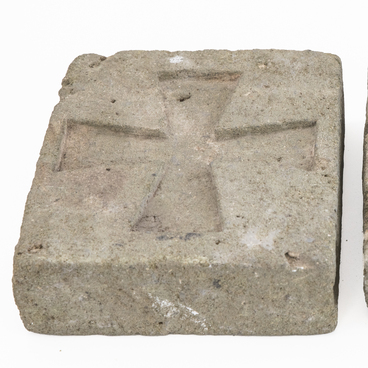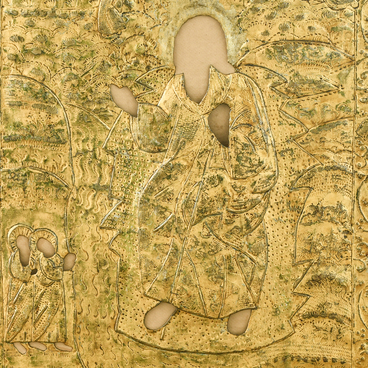A gonfalon is the oldest kind of banner. In olden times, when Russian soldiers went on a military campaign they took banners with the images of Christ, the Mother of God, the Trinity, or the most revered saints. They believed that the heavenly host would protect them in battle and help to win. Soldiers treated gonfalons with special care and made sure that the enemy would not capture or shoot arrows and damage the sacred images.
In Imperial Russia, each regiment had its own heavenly patron and a banner with his image. Historian Pavel Savvaitov so described the military gonfalons of 16th—17th centuries:
In Imperial Russia, each regiment had its own heavenly patron and a banner with his image. Historian Pavel Savvaitov so described the military gonfalons of 16th—17th centuries:



